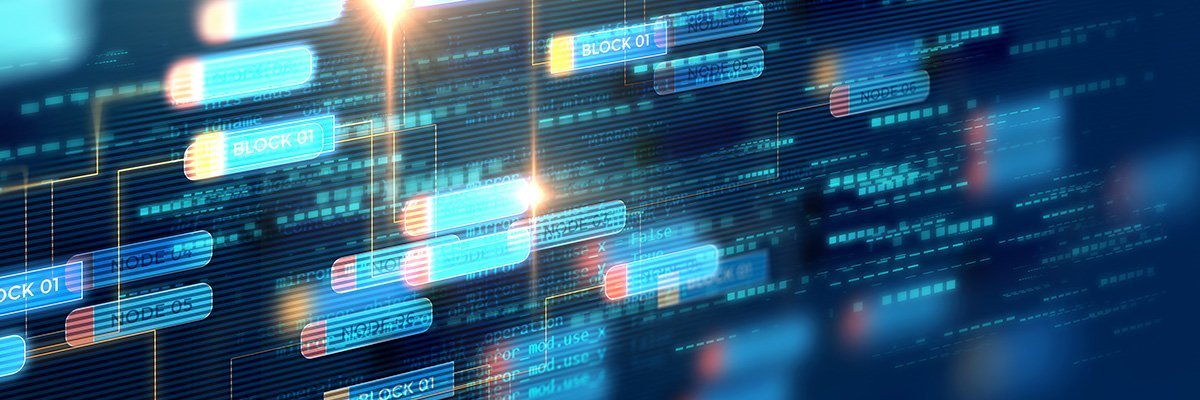Through the eyes of machines
‘Understanding of the environment by robotic systems will be a big game changer for the new industrial revolution,’ stated Puliš, of Photoneo. ‘Robots, as machines, are nearly perfect, being precise and robust, but they are blind. With 3D vision, they will get their eyes. Their usage will be much wider with improved flexibility. ‘The eyes and brains of robots will come in the form of new 3D cameras and deep learning systems that will not only be able to identify what has happened based on a past experience, but they will be able to predict what may happen in the future.’ Vision-equipped logistics robots are a potential example, offering the ability to pick up containers and move around a facility autonomously. Imaging in 3D would enable them to anticipate structures and objects, recognise where humans are, and understand where they are going and how to navigate around them safely.
UK only average in terms of digital public services

“The UK is undoubtedly a leader in terms of digital innovation and the design of user-centric services, so it might seem surprising that this year’s eGov Benchmark shows it slightly falling behind the group of the biggest European economies in terms of digitising its services,” said Niels Van Der Linden, principal Consultant at Capgemini Consulting. “The UK has developed a number of very smart digital initiatives, and is now working hard to implement these solutions across its entire public sector. The challenge for the UK in climbing up the ranks is to increase the availability of key enablers such as electronic identification and [authenticated sources of information so data can be reused], where other countries have already made steps forward.” To be pulled up on this, the UK must be doing badly, because the total use of electronic identification was only possible in one of two European public services (52%)
Raw data is like raw fish – refine it, or throw it back to sea

Any new insight creates an impact only when it is really applied. For some time the industry has been talking about “actions” as a key step to turn insights into value. But sometimes we have a tendency to look at actions as if they are some magical new capability we need to invent. In reality, we can take a more down-to-earth view. Every day operator teams and individual employees already make multiple decisions, take action, create change, implement procedures – all guided by different work processes. Operationalizing insights is about the ability to enrich these work processes with new intelligence from analytics. In simple terms – to help people to do their best work. Let me give you a real-life example. One Nokia analytics customer had a process of proactively reaching out to possible churners as a result of bad quality in their network home environment.
Stephen Hawking says Artificial Intelligence could be our undoing

Hawking dropped this bombshell during a technology conference in Lisbon, Portugal. He says the only way we can prevent it is if we find a way to control computers. According to him, computers have the ability to “emulate human intelligence and exceed it.” And since we’re constantly looking for ways to improve AI it could be the best thing for society or the worst. “We just don't know,” he said. “So we cannot know if we will be infinitely helped by AI, or ignored by it and side-lined, or conceivably destroyed by it.” He admitted that AI does have the potential to reverse the damage done to the natural world or even eradicate poverty and disease, but it’s the uncertainty of the future that sets off alarms for him. And we have to be ready for a worst-case scenario. Hawking says we have to learn how to prepare for an avoid risk with AI as it can bring along new dangers and can disrupt the economy. Earlier this year, he said humans have about 100 years to leave Earth to survive as a species. He’s become more vocal about finding a new planet to live on. Why so? Mainly because we’re running out of room on the planet we’re on, and our natural resources are disappearing. And, you know, there is global warming to think about.
8 Low or No-Cost Sources of Threat Intelligence
While just about every security industry vendor website offers up information on the latest threats, some are better than others. Here, we 'll point out the sites that are the most informative and useful. We called on Roselle Safran, president of Rosint Labs, to work with us to build a meaningful list. Safran's extensive experience in cybersecurity includes several years of service in the Executive Office of the President and Department of Homeland Security during the Obama administration. Safran included some obvious choices from federal government sources, but she also struts her cybergeek sruff by offering up some lesser-known sites that track ransomware and malware. We combined forces with Safran to develop a list that will give novices the threat intelligence amuse-bouche they need while supplying some intel red meat for experienced security pros.
The multi-cloud/hybrid IT environment will come to dominate the enterprise
“Cloud buyers have access to more capabilities than ever before, but the result is greater complexity. It is a nightmare for enterprises to calculate the cost of computing using a single cloud provider, let alone comparing providers or planning a multi-cloud strategy,” said Dr. Owen Rogers, research director at 451 Research. “The cloud was supposed to be a simple utility like electricity, but new innovations and new pricing models, such as AWS Reserved Instances, mean the IT landscape is more complex than ever.” Flexibility has become the new pricing battleground over the past three months, with Google, Microsoft and Oracle all announcing new pricing models targeted at AWS. Analysts believe there will be a market opportunity for cloud dealers that can resolve this complexity, giving users simple and low-cost prices – similar to how consumer energy suppliers abstract away the complexity of global energy markets.
Four Secrets for Turning Insight into Execution

A well-designed leadership off-site is a great place to generate the big ideas that can take your business to the next level. You bring in a speaker, have an in-depth discussion, walk through an analysis, and suddenly, light bulbs go off. People see what they’ve been missing or what has been holding them back. Unfortunately, as soon as people leave the event the light often begins to fade, and even those who complete planned tasks can lose sight of the big idea. Managers may be rigorous about their vision for implementation, but still find that execution varies widely — putting their business at risk and damaging trust and confidence on the team. “Are we going to have another one of those meetings where everyone signs up for stuff, and then no one does anything?” becomes an all-too-common refrain.
Blockchain could be used for citizen identity services, says Reform

Reform suggests that a blockchain app is built across government departments such as HM Revenue & Customs (HMRC), Home Office and Department for Work and Pensions (DWP) which would act as a layer on top of current databases. ... “This means moving from siloed departments holding different and even contradictory versions of a person’s identity to a user-stored identity, in an identity app on a smartphone,” the report said. “User control will move from low to high, with blockchain providing the technology to achieve it. Unlike today’s identity management model, individuals will have access to their public service identity and will authorise who can see it, and in what form.” Reform said this could also include the use of biometrics to add an extra layer of security, where a citizen could scan their face or fingerprint to access and share identity data with government on their smartphone.
60 Cybersecurity Predictions For 2018

The following list of 60 predictions starts with three general observations and moves to a wide range of cybersecurity topics: Attacks on the US government and critical infrastructure, determining authenticity in the age of fake news, consumer privacy and the GDPR, the Internet of Things (IoT), Artificial Intelligence (AI) as a new tool in the hands of both attackers and defenders, cryptocurrencies and biometrics, the deployment of enterprise IT and cybersecurity, and the persistent cybersecurity skills shortage. IoT vulnerabilities will get more critical and more dangerous. Despite this, there will be no real changes in US law to regulate these devices. This isn't a very risky prediction; Congress is currently incapable of passing even uncontroversial laws, and any IoT regulation faces powerful industry lobbies that are fundamentally opposed to government involvement.
12 Myths Of Data Analytics Debunked

“Nowadays there are so many open source as well as other tools available in the marketplace that can help you start to show the value of data analytics,” Varma says. “You need to have a good understanding of your internal data storage and what problem you’re trying to solve. Cloud is also making it easy to try analytics to solve a business problem.” Modern analytics “are based on cloud systems and big data architecture, which by definition are quite less expensive than traditional data warehouse systems,” adds Beatriz Sanz Saiz, global leader of analytics at advisory firm EY. “Also, data and analytics are typically applied to achieve three outcomes: improve process efficiency, revenue growth, and proactive risk management,” Saiz says. “So overall, the application of data and analytics drive significant [cost] benefits to any company.”
Quote for the day:
"Humility is a great quality of leadership which derives respect and not just fear or hatred." -- Yousef Munayyer

No comments:
Post a Comment